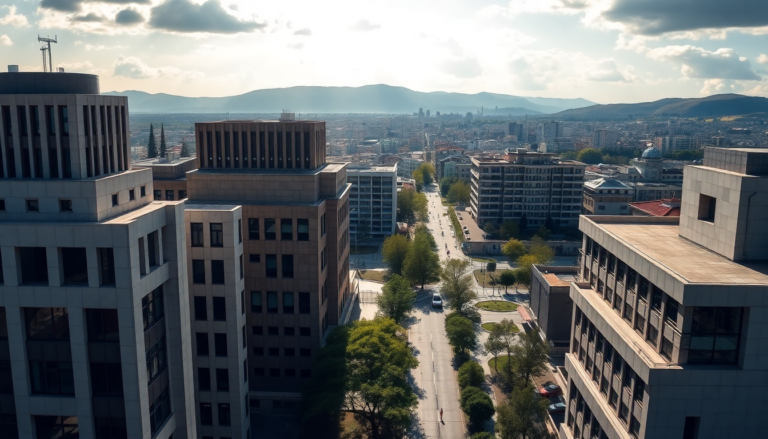Argomenti trattati
Forget the vibrant chaos of Istanbul for a moment; Ankara, Turkey’s capital, is stealing the spotlight as it officially enters the UNESCO Tentative List for World Heritage status. What’s remarkable? It’s not for ancient ruins or historical sites but for its modern architecture and urban planning developed between 1920 and 1970. I recall wandering through the streets of Ankara, feeling the pulse of a city that narrates a century of evolution through its public spaces and institutional buildings, a narrative that deserves a broader audience.
The significance of Ankara’s UNESCO recognition
The inclusion in the UNESCO Tentative List isn’t just a badge of honor; it’s a critical first step towards an official bid for World Heritage status. This acknowledgment elevates Ankara’s profile on the international stage, bringing the total number of Turkish cultural assets recognized by UNESCO to an impressive 80. It’s about time this city, often overshadowed by its more famous counterpart, Istanbul, received the recognition it deserves as a symbol of 20th-century architectural modernity and national identity.
Architectural experimentation and urban planning
Designed with purpose, Ankara was designated as the new capital in 1923, and the city underwent a radical transformation to embody the aspirations of the fledgling Republic under Mustafa Kemal Atatürk. The dossier titled “Ankara: The Design and Construction of a Modern Republican Capital,” prepared by the Turkish Ministry of Culture and Tourism along with the Turkish National Commission for UNESCO, encapsulates this ambition. Imagine strolling down Atatürk Boulevard, where the north-south axis is a testament to an era of urban experimentation. Each neighborhood and public square was meticulously crafted to represent the visual identity of a new Turkey. I remember standing in Kızılay Square, absorbing the vibrant atmosphere—a perfect blend of history and modernity.
Public spaces that tell a story
Key locations like Ulus and Kızılay, along with monumental parks such as Güvenpark and the Youth Park, were conceived as symbols of a progressive nation. Today, these sites are recognized for their exemplary significance in urban planning and public architecture of the 20th century, showcasing a blend of rationalism and functionalism. Every building in Ankara—from the historical Grand National Assembly to the Presidential Complex—forms a piece of a larger mosaic that encapsulates the identity of the Republic. The architectural narrative is bold, echoing a commitment to modernity and an investment in culture and education.
A city with layers of history
Yet, Ankara is not solely about its modern achievements. The city retains a rich tapestry of history, from the archaeological remnants of Gordion, already a UNESCO site, to the majestic Anıtkabir, the mausoleum of Atatürk, and the renowned Museum of Anatolian Civilizations, which was awarded the title of “Museum of the Year in Europe” in 1997. It’s this incredible layering of history that continues to captivate tourists from around the world, presenting an enticing blend of the ancient and modern. Just the other day, I met a traveler who shared how the depth of Ankara’s history took her by surprise, contrasting sharply with her preconceived notions of a bland administrative center.
Embracing the future while honoring the past
With its new candidacy for UNESCO recognition, Ankara establishes itself not only as a political and administrative hub but also as a vibrant cultural capital. This acknowledgment celebrates a city that was meticulously designed for the future, yet deeply respects its historical roots. It’s fascinating to think of how places that once seemed ordinary are now stepping into the limelight, showcasing the essence of Turkish identity. As many know, the journey to recognition is often riddled with challenges, but Ankara’s story is a testament to resilience and vision.
In my view, this recognition isn’t just about buildings and squares; it’s about the spirit of innovation and the unyielding pursuit of cultural identity. As the world looks on, Ankara stands poised to shine—not just as Turkey’s capital but as a beacon of modern architectural prowess and historical richness. And who knows? With more travelers discovering its hidden gems, Ankara might just become the next must-visit destination in Turkey.

